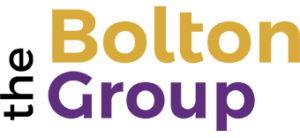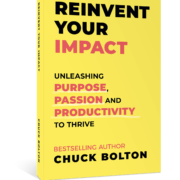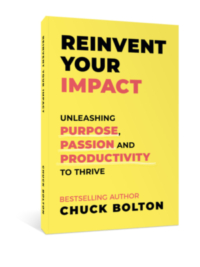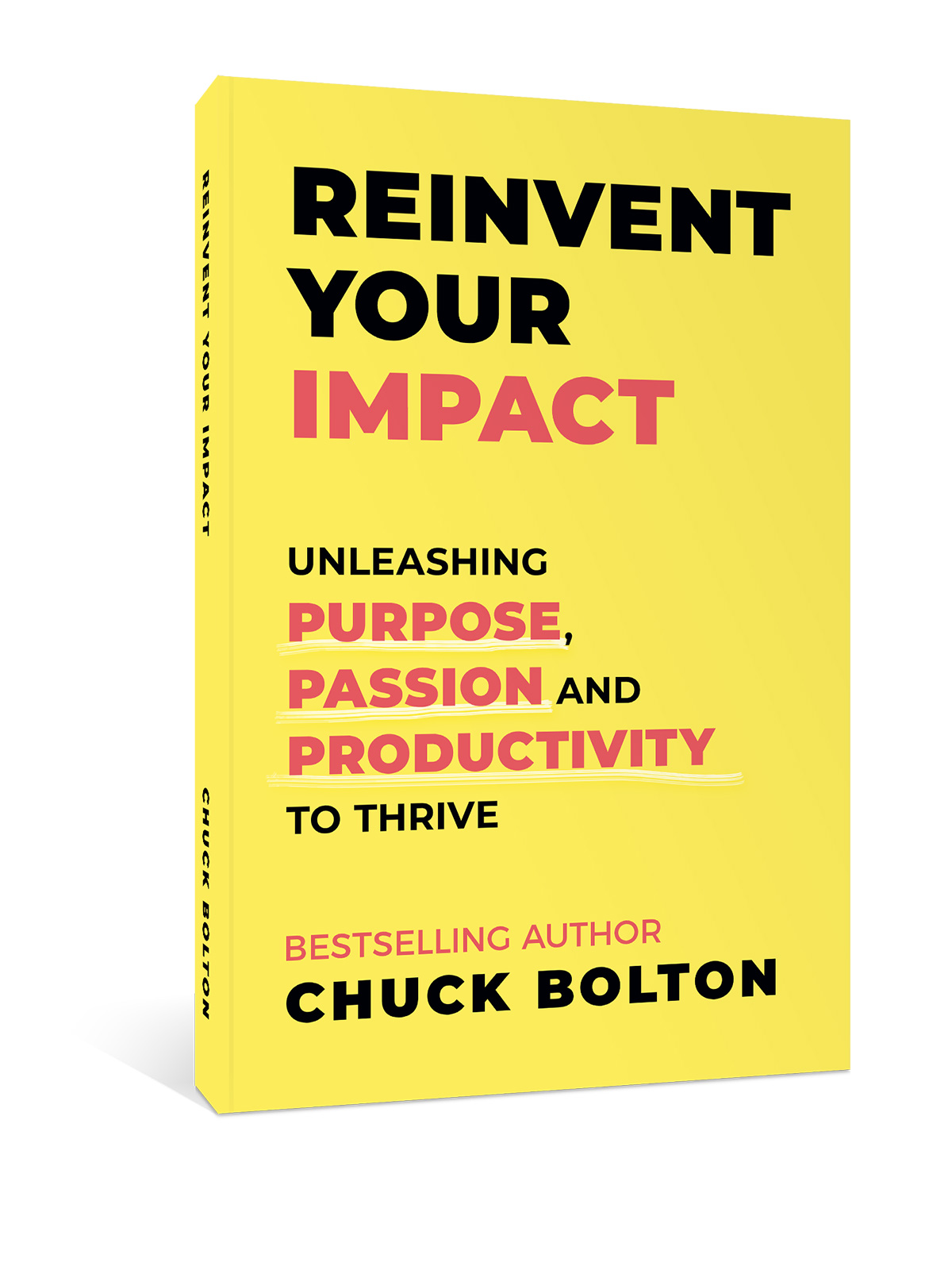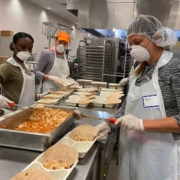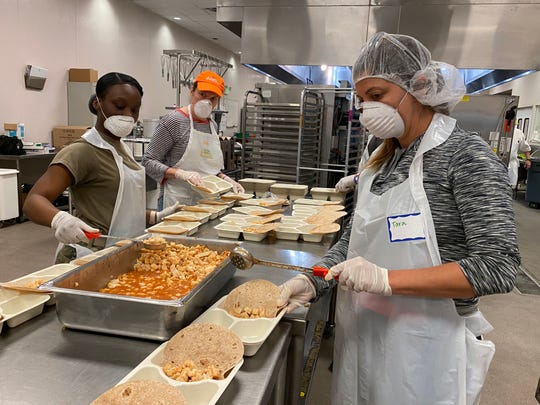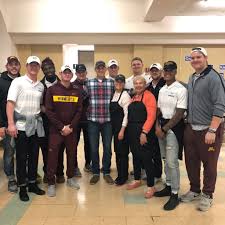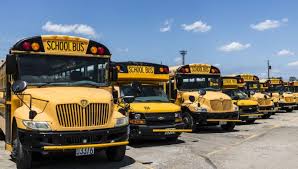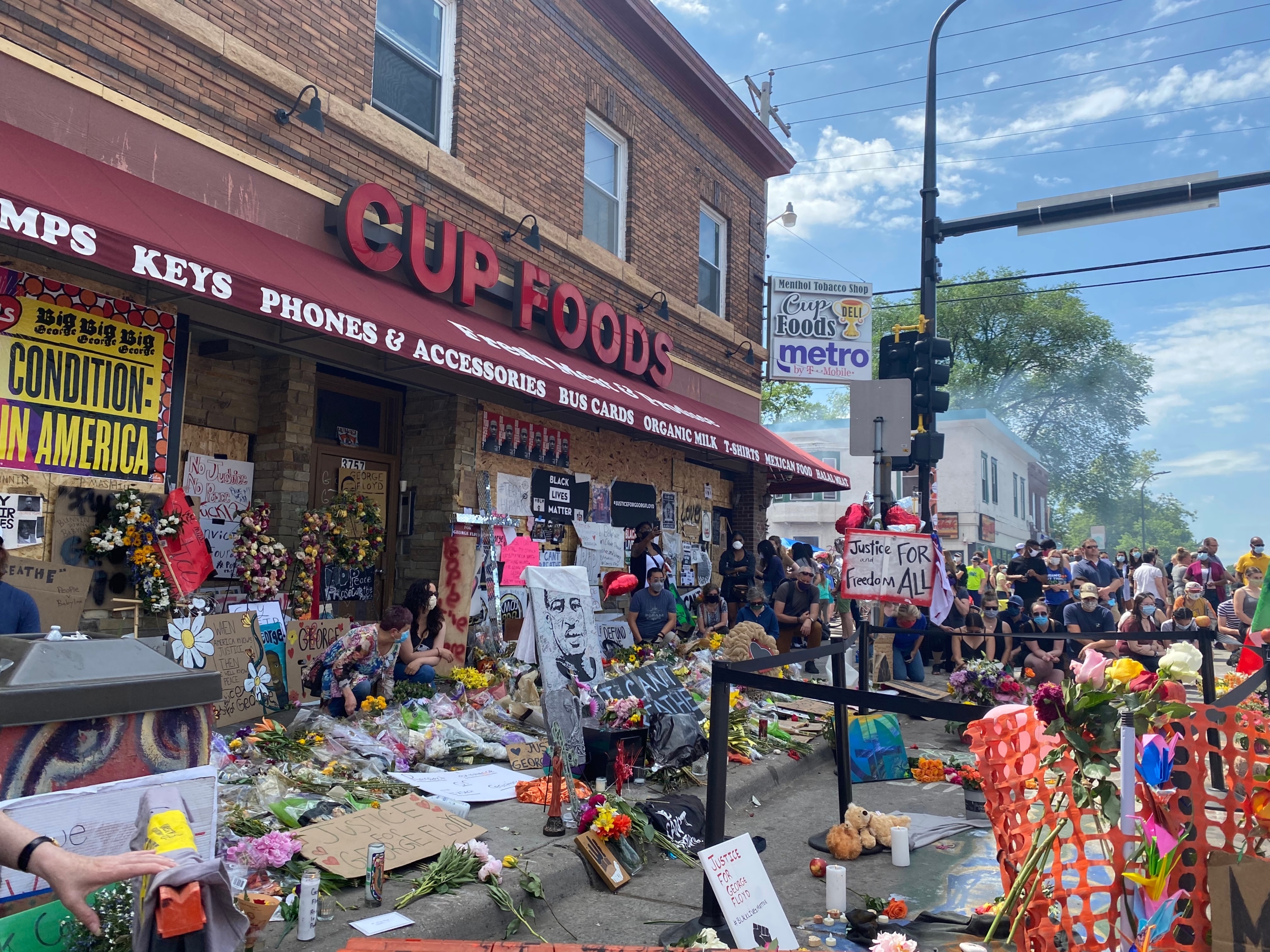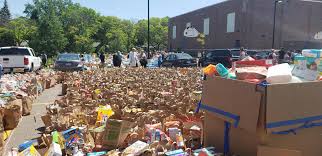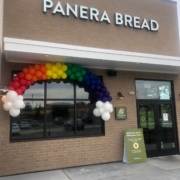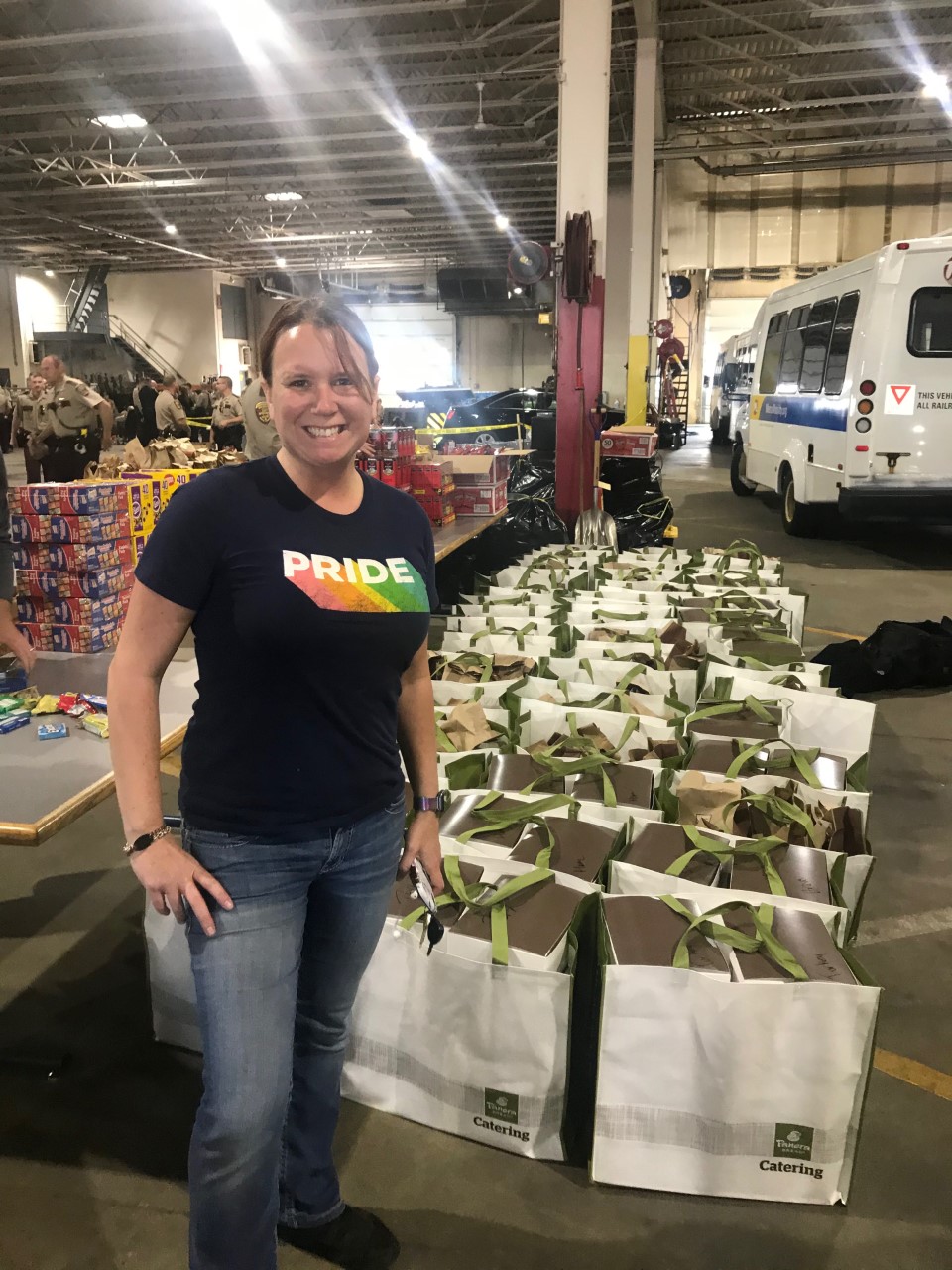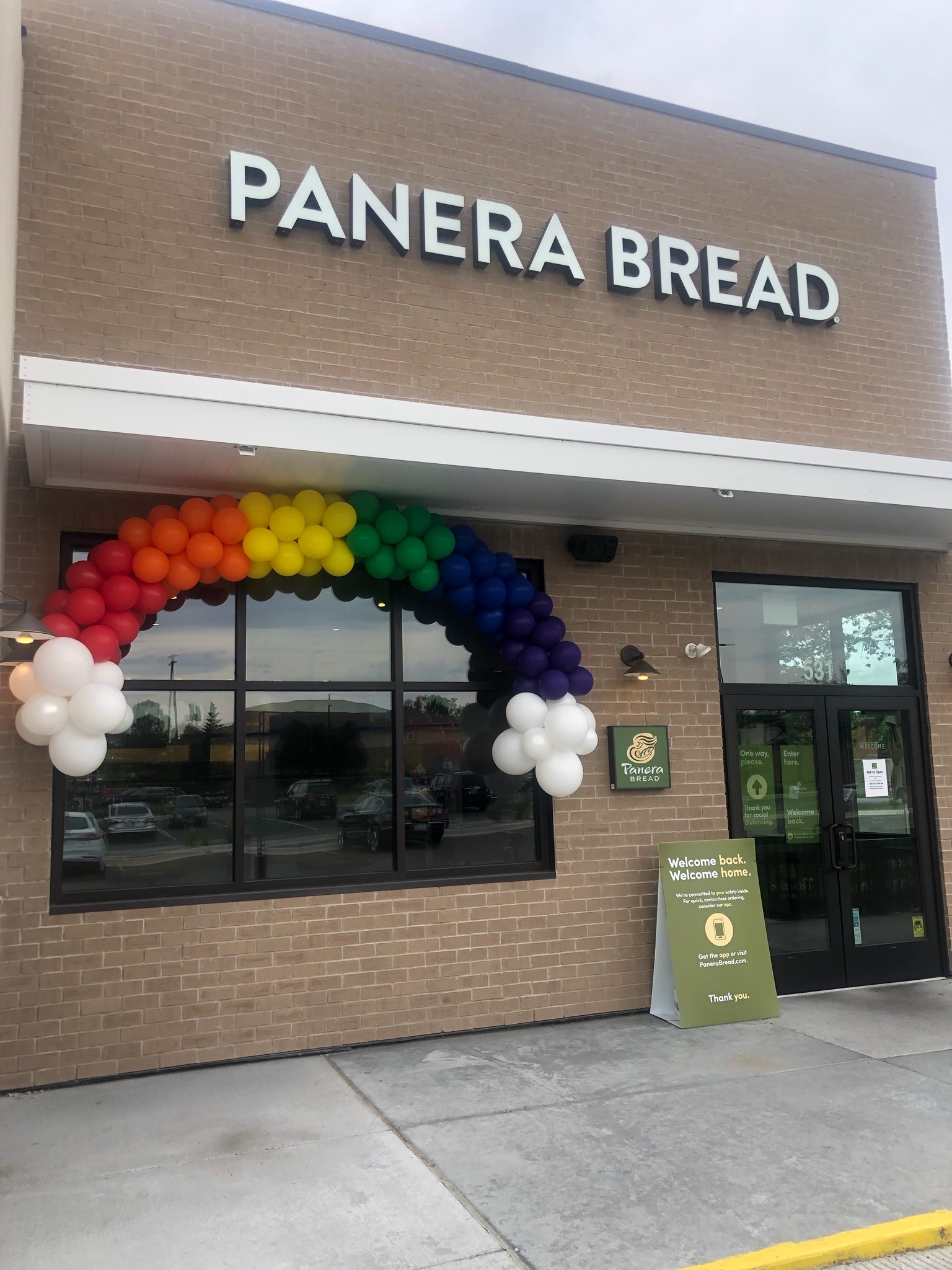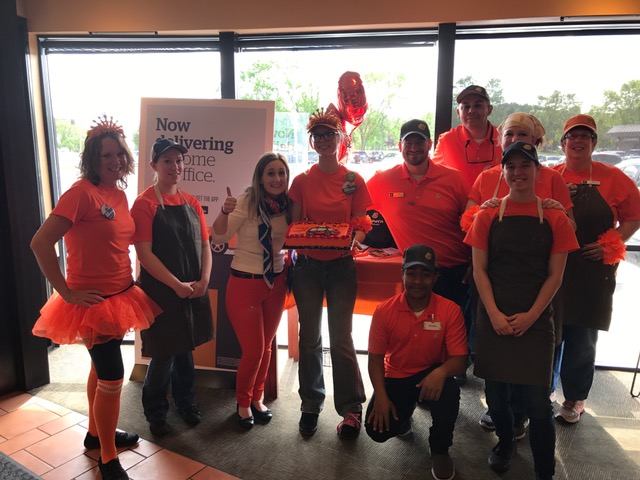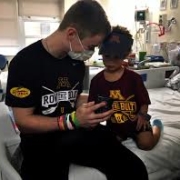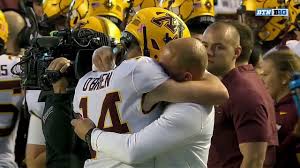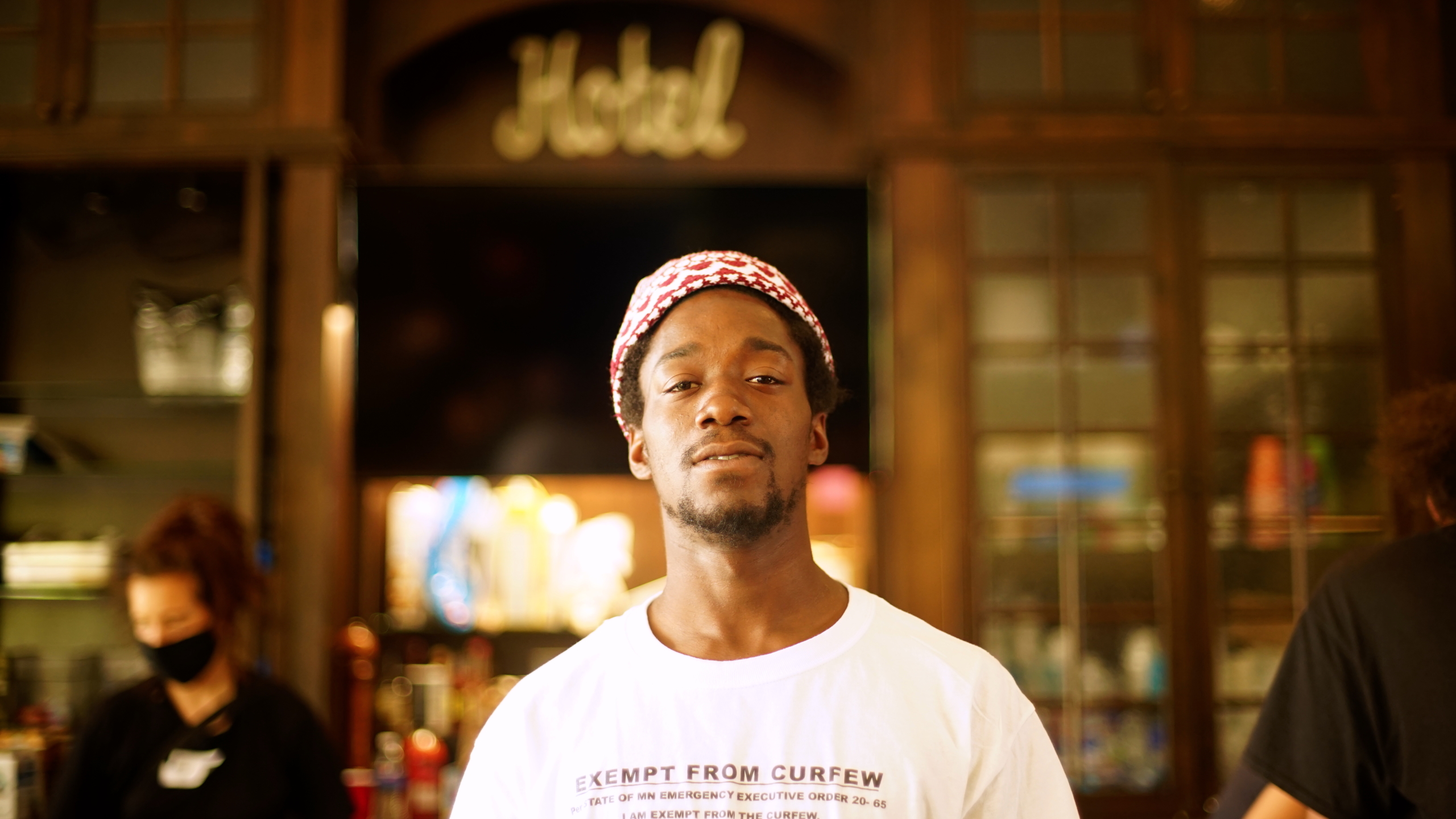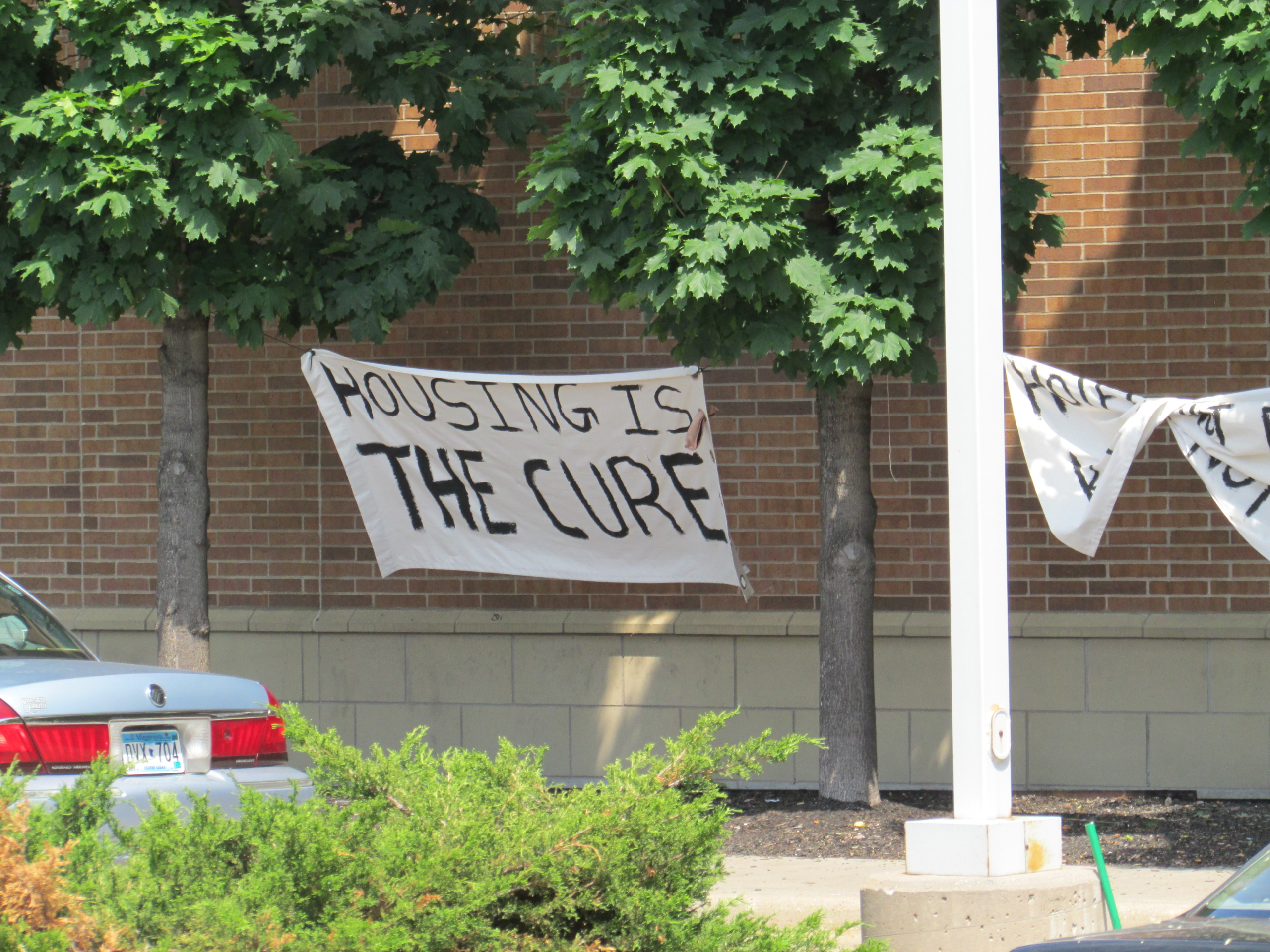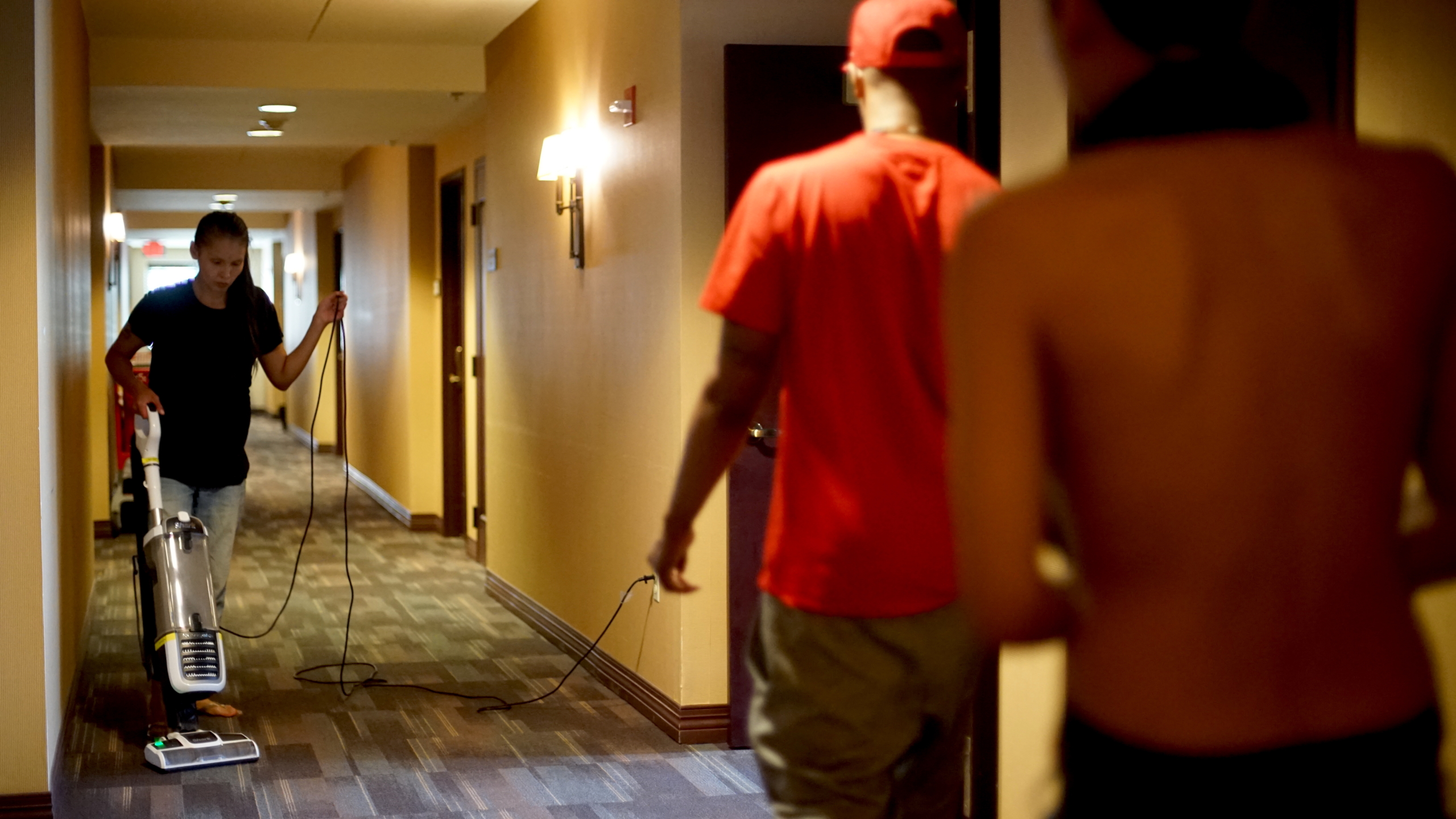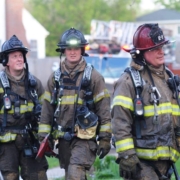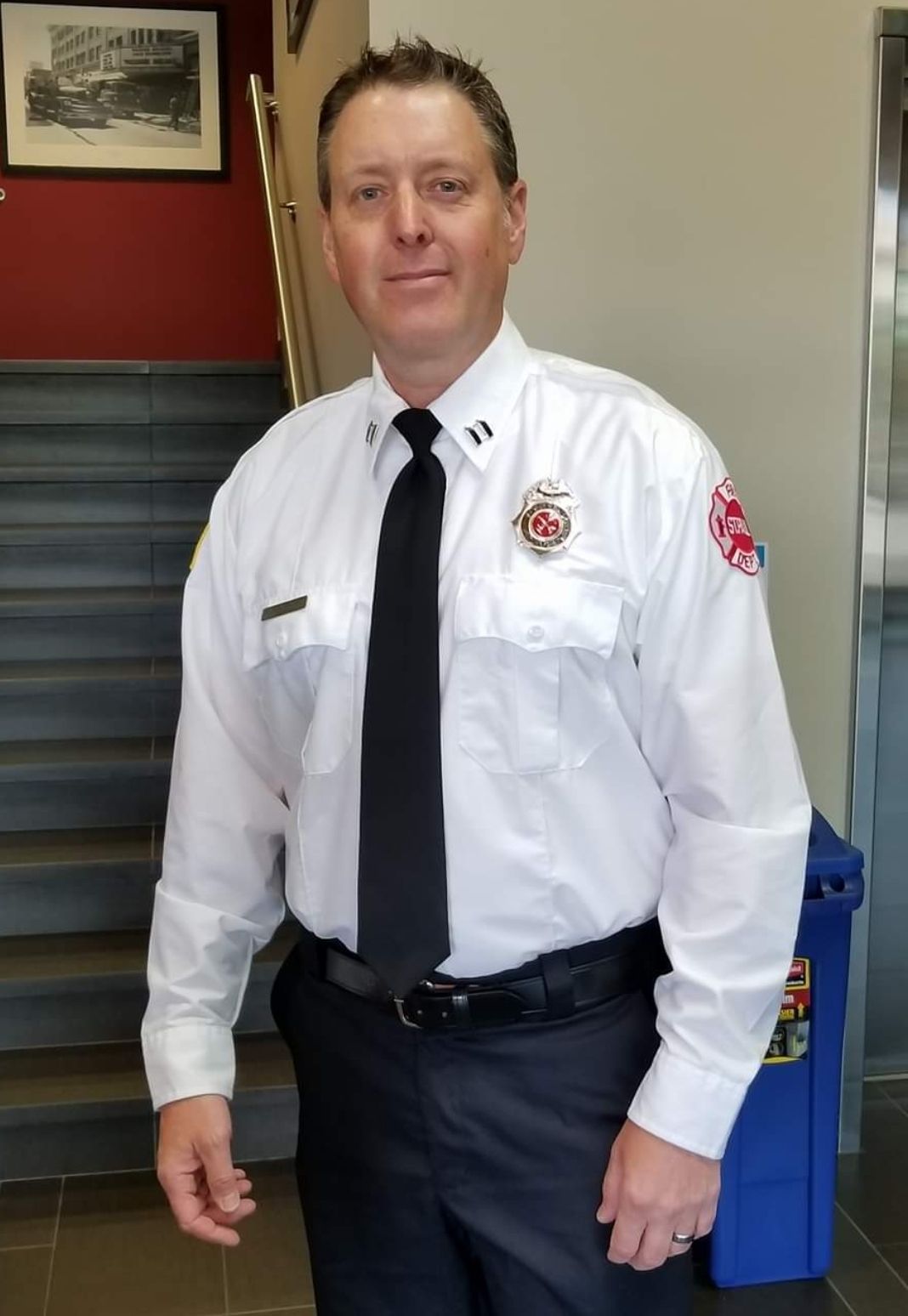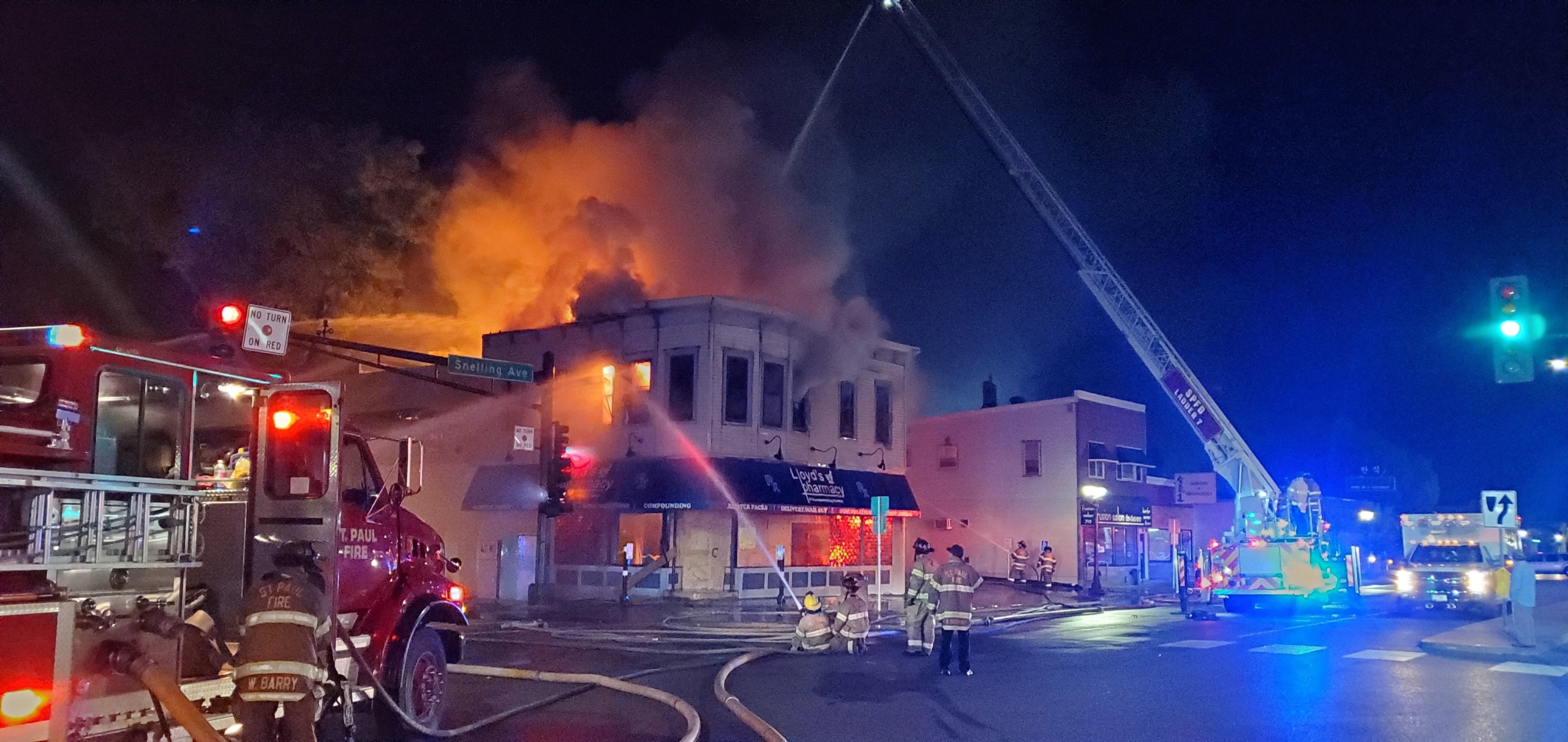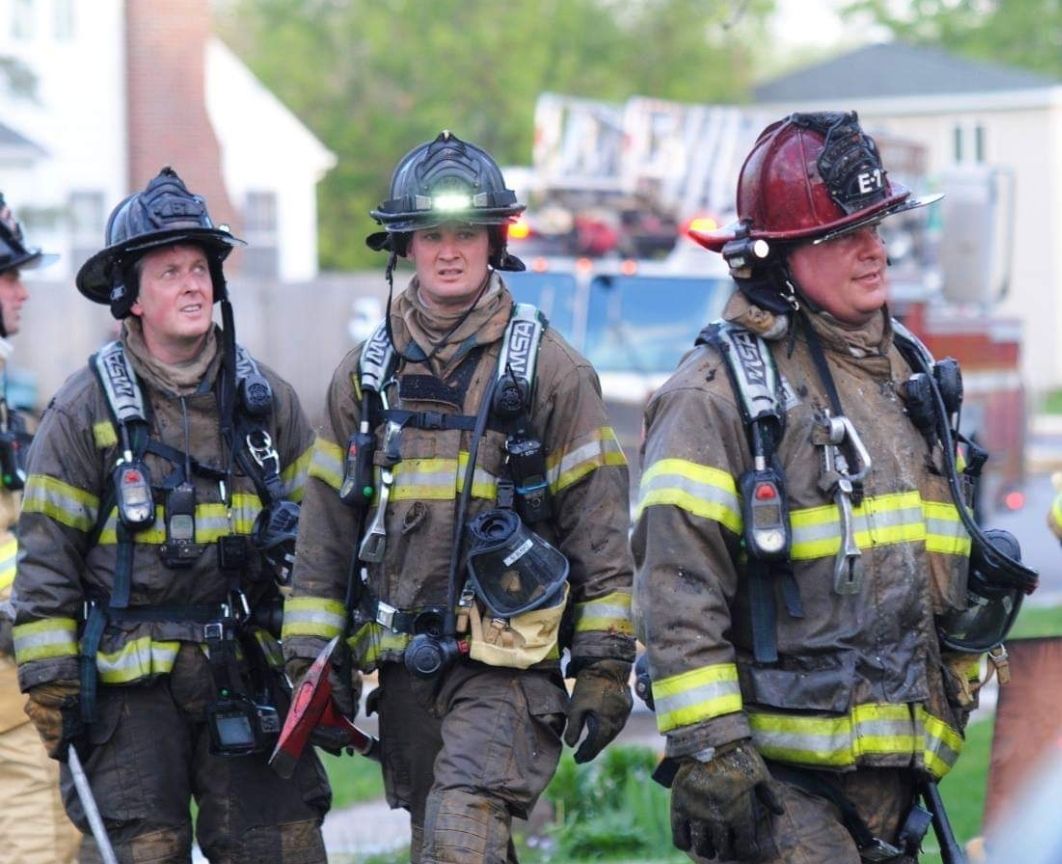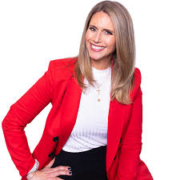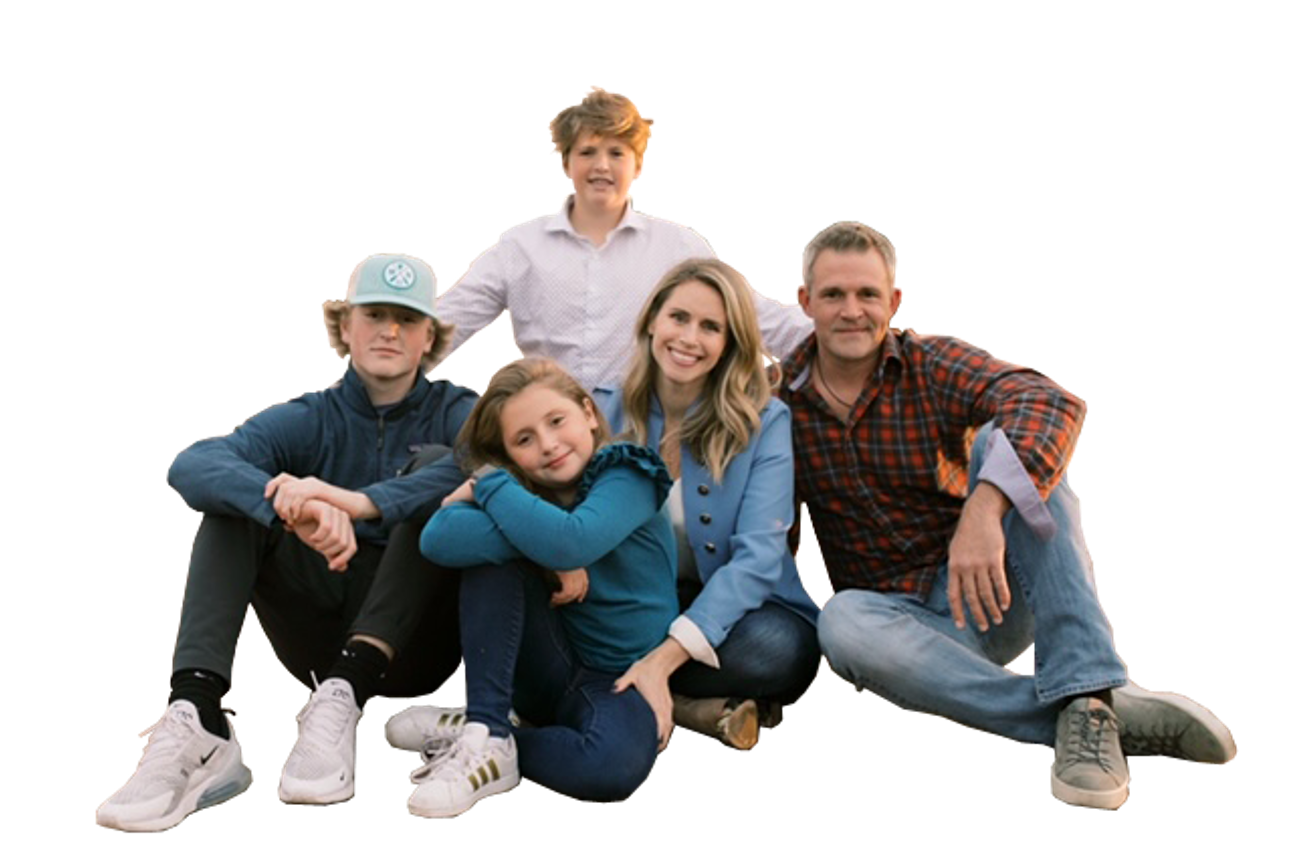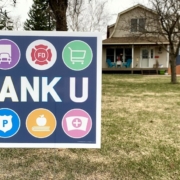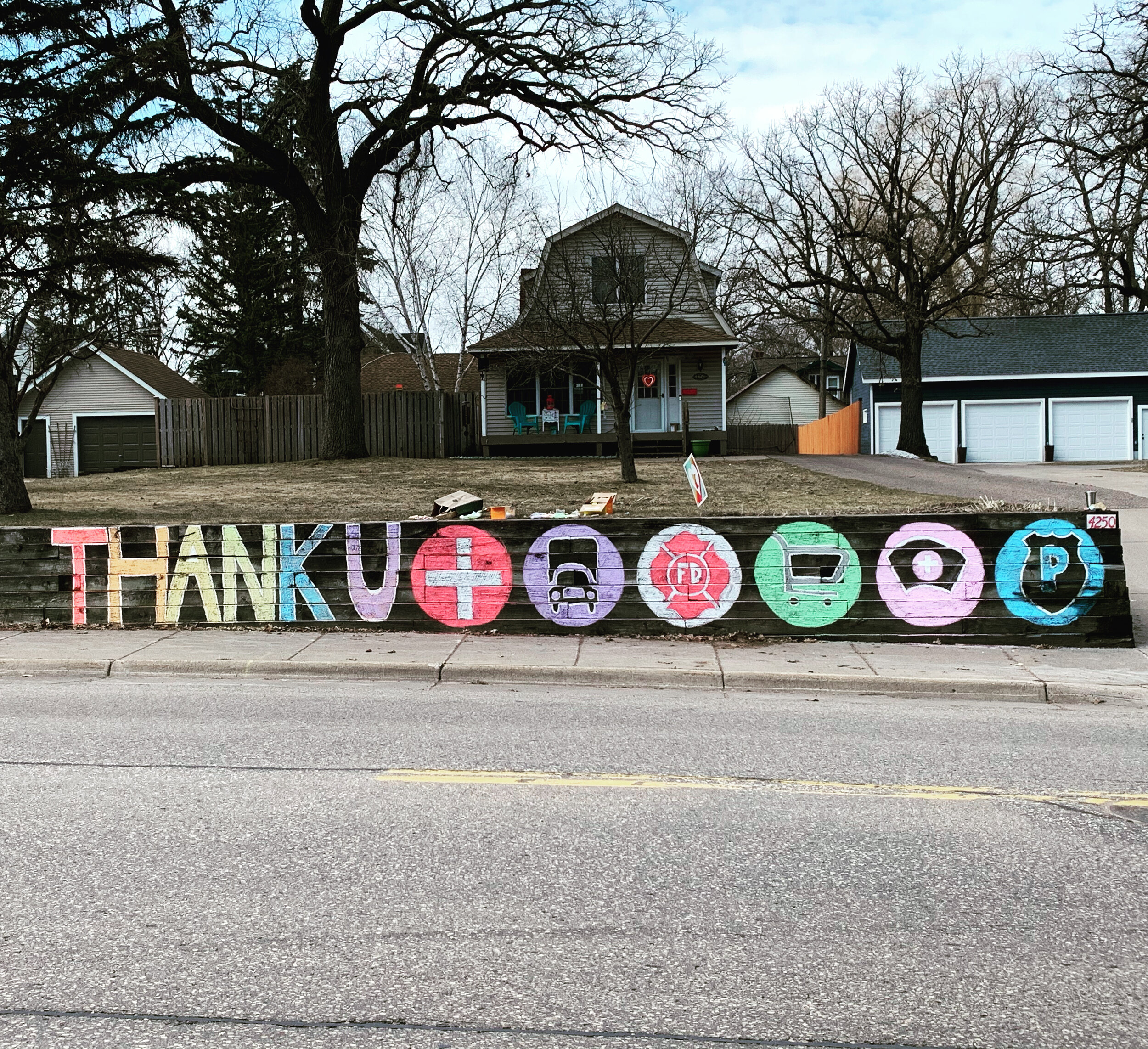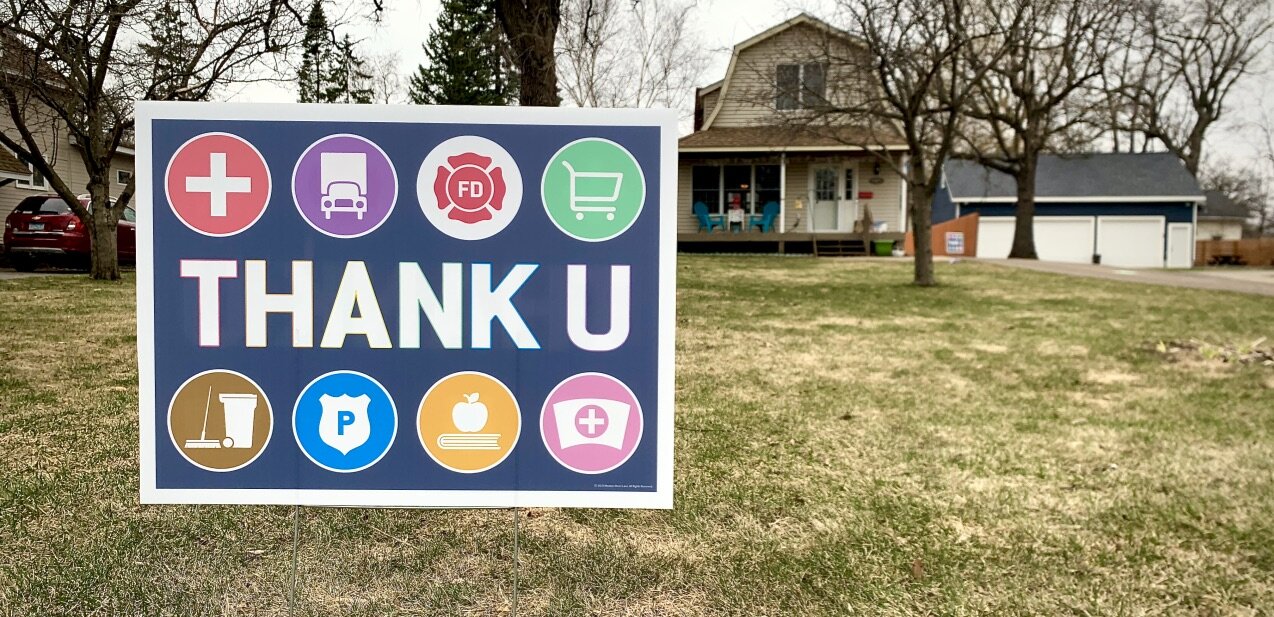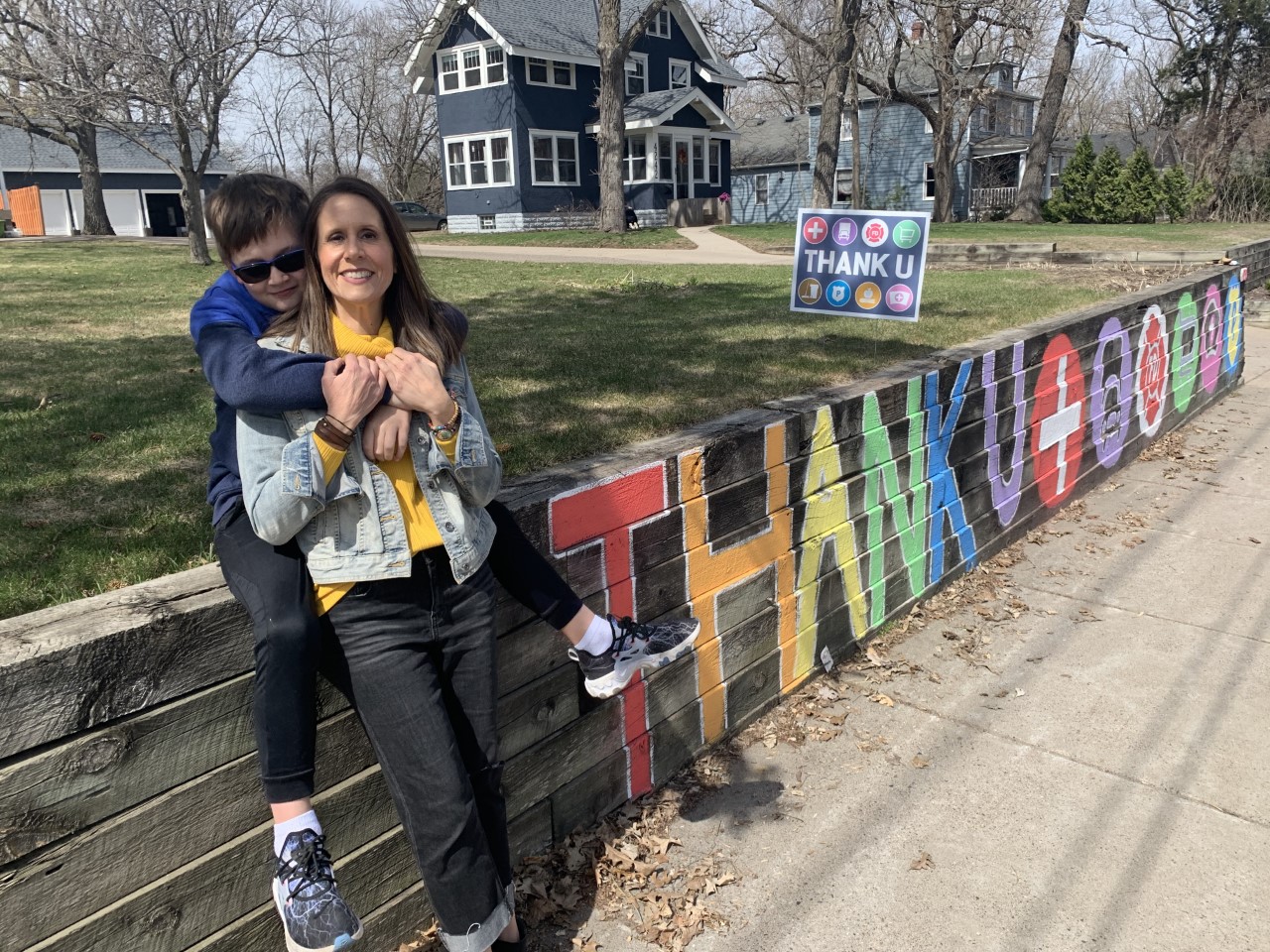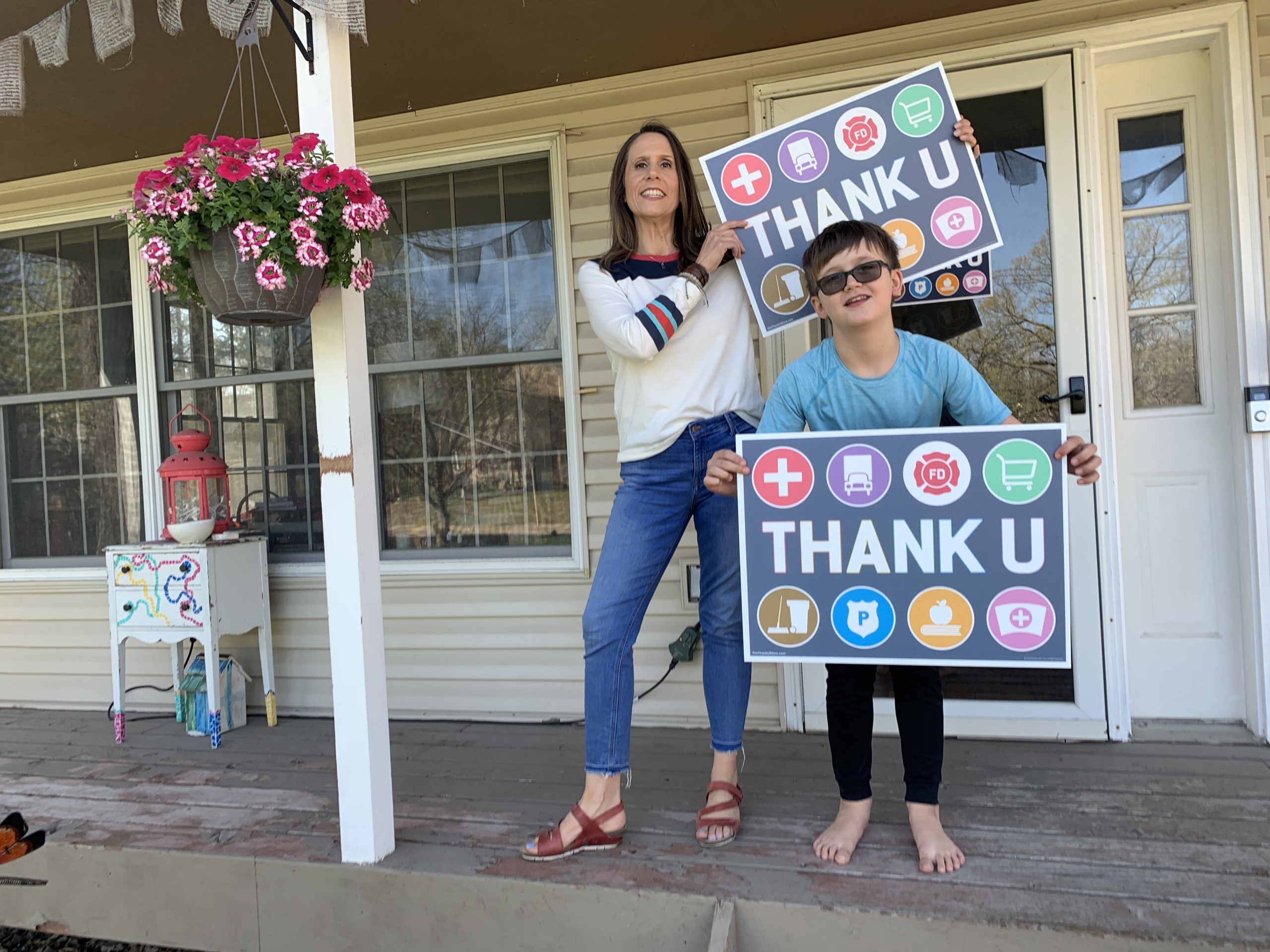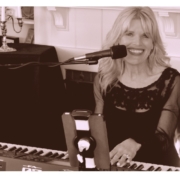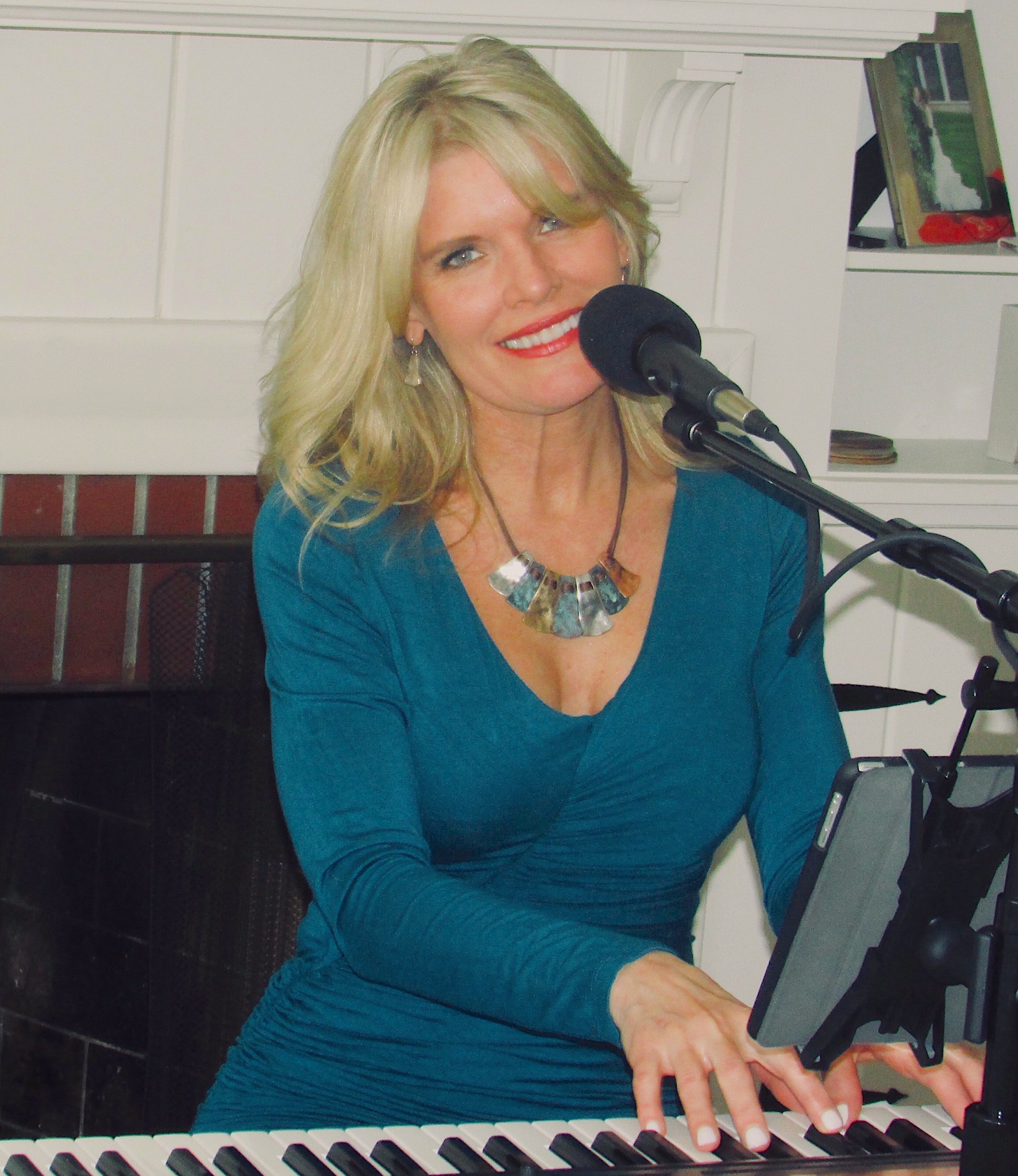You Need a Purpose During the Pandemic: Identify Your Unique Gifts – Part 1 of 3
Six months into the global health pandemic and many of us are restless. It’s an uneasy time. We want to go back to normal and resume our lives like we did, prior to mid-March.
In so many areas of life, it feels like there is little we can control.
Last week, while listening to Kenny Chesney’s No Shoes Radio on SiriusXM, I heard for the first time an Uncle Kracker song, No Time to Be Sober. I was amused and a couple of the lines from the song struck me.
I used to crack a beer and throw on CMT,
But now I’m sipping vodka with the CDC.
The song continued:
This ain’t no time to be sober.
There’s a time and place to hide your face,
And I got nothin’ but time to waste,
This ain’t no time to be sober.
The song is humorous, but the message, of uncertainty and an altered state during a dark time, hits a little too close to home for me.
Everyone is experiencing it to some degree. We may be worried for ourselves, our loved ones, friends and co-workers. We’re feeling it on multiple fronts – concerned about health, work, finances, school re-openings, COVID restrictions and the political division created by all of the misinformation from our president about the pandemic. We miss our friends and family. We miss our places of worship, going to a ball game, traveling and gathering with our friends and families.
When this pandemic ends, I don’t want to reflect on it as a period when I chose to waste time because I had “nothin’ but time to waste.” That isn’t uplifting to me, and likely not to you, either.
What about you? If you feel angst and uncertainty, what do you say we take back what we can control?
We have a choice. We can control our minds. We can control what goes into our minds. Limiting the 24-hour continuous negative news cycle and social media. Limiting the binge watching of Tiger King and other inane, mindless shows. We must guard our minds from trash.
Secondly, we must feed our minds. With positive content that will nourish our minds. Inspiring stories, reading good books, learning new useful content, journaling, writing and sharing uplifting stories with one another. We consciously feed our minds with positive thoughts and energy. Bestselling author John Ortberg writes, “What makes people the way they are is the way they think. Think great thoughts! People who live great lives, think great thoughts!”
So, let’s take care of our minds. Then we operate with purpose – even during a pandemic.
If you were interviewed by NBC News anchor Lester Holt, in front of a live audience of 12 million people, to describe your purpose in life – not a summary of your job description or your company’s purpose – could you deliver it in a sentence or two with clarity and conviction?
If you answered “no” or “not sure,” you’ve got plenty of company. It’s been reported by Gallup that 70% of leaders don’t know their purpose. That number is likely even higher in the general population.
What exactly is meant by the word, “purpose”?
Purpose is the overarching principle that gives your life meaning. It’s a forward-pointing arrow, that gives you clarity and helps you get out of bed in the morning.
You can’t be fired or retire from your purpose. A pandemic can’t derail your purpose.
The pursuit of purpose is biological. It’s programmed into your DNA. Your brain has a “seeking system” that encourages you to explore, learn and find meaning. Your brain is wired to want to know, understand and experience purpose and the positive emotions that go along with it. You’re wired to be simultaneously driven toward something and pulled to it. So, defining your purpose is a human need.
While operating on purpose won’t answer all the questions you’re wrestling with today in these turbulent times, it will provide you clarity and serve as your Northstar for your life. You’ll know where you are headed. It gets you out of the mode of surviving and on to the path to thriving.
If you haven’t clarified your life’s purpose, how about you and I work together for the next three days – for a three-part series on purpose – and get you clear about and living on purpose?
Here’s the good news. Your life purpose is inside of you, just waiting to be released. You’ve got to find it. You’ll need to mine for it. I’ll show you how.
My good friend and client, Dave Hemink, CEO of Nonin Medical, a medical device company that provides critical products in the fight against COVID-19 says, “Your purpose is deep inside you; it is there. It’s up to each person to find it.”
Viktor Frankl, bestselling author, renown psychiatrist and concentration camp survivor, experienced unspeakably harsh conditions during his three years in Auschwitz. Frankl lost his wife, brother, father and mother during the Holocaust. The author of Man’s Search for Meaning, Frankl wrote, “Man’s search for meaning (purpose) is the primary motivation in life. (Defining your purpose is) the most important activity for your development. With it, we can survive even the worst conditions. It gives us meaning in life.”
Your purpose is to make a positive difference in the world – however you define your purpose. When you operate on purpose, you create an impact. Creating impact is a strategy for playing offense with your life. Impact is defined as having a strong, powerful effect or influence on a situation or a person.
You’ll need to do some reflection work, to answer the questions posed, so grab your journal or a pad of paper and pen, answer the questions to the best of your ability and do the work. If you don’t do the work, you won’t see the results.
The three steps for finding your purpose and living on purpose are:
- Identify your unique gifts;
- Mine for and discover your purpose;
- Write and share your purpose story;
Step 1: What’s Your Unique Gift?
Each of us comes into this world with a unique gift. It’s a personal characteristic you are endowed with, even if you don’t know exactly what that gift is.
The requirement for living a life of purpose and impact is to know and apply your gift. Applying your gift for a purpose greater than you allows you to impact others and make an impact on the world. What’s your unique gift?
Here are a few questions to reflect on to get clear about your unique gift:
Who are you?
Describe yourself in just a few words. What descriptors would you use? Examples might include that you are a loving husband, a passionate artist, a committed leader of others, a healer of the body and soul, a matriarch of the tribe, a faithful friend. So, in just a few words, describe yourself.
What is it that people come to you for?
What are you naturally good at—so good that other people compliment you? When others consult you for advice, what do they ask you about? They may say, “You are so good at that!” And you may not even realize what you do and how you do it that makes this characteristic a special, unique gift. You may minimize the gift or even take it for granted. Or it may seem like everyone can do it, so you don’t think twice about its uniqueness. When others come to you and ask, “How do you do that?” you can rest assured that it is a valuable gift. You find the gift comes naturally and you apply the gift unconsciously. What is your gift?
What would others miss?
Survey your close friends, work colleagues, and family members, and ask them, “What do you see as my three greatest gifts? And what would you miss if I were no longer here?” How would they respond? What do you think they would say? Write it down.
They may ask “Is there something wrong?” Or, “What’s up with you?” as those are admittedly questions you don’t get asked every day. So, when you ask, you’ll want to start by sharing with them their greatest gifts, and what you would miss if they were no longer here. It’s a wonderful way to demonstrate what that person means to you and your love for them. By sharing with them their gifts, you appreciate their uniqueness and honor them.
What do you do that feels effortless and gives you energy?
When you give your gift, it feels effortless. Far from expending your energy, the use of your gift renews your energy. You give it naturally to others, and you give it often. What is the gift?
Hopefully, you have several gifts that you’ve identified with one particular gift emerging as the one that is unique. Can you identify your number one unique gift?
If you are still struggling, request the input of others who are close to you. Others often have a clearer view of your special gifts.
Based on your reflections, what is your unique gift?
As you gain clarity of your unique gift, can you create a gift statement that describes what you are called to do to apply your gift? Here are a few examples:
- My gift is transparency and genuineness. I use my gift to help others, sharing my emotions and vulnerabilities to build trust and create a degree of calmness with those I meet.
- My gift is recognizing and focusing on what others do well, so I can help them apply both personally and professionally to optimize the impact of their gifts.
- Time and patience are my gifts, which I use to help those around me—family, friends, and strangers.
- As one who navigates and guides people down the river of life, I assist new widows as they transition from heartbreak and loss to a future of hope and possibility.
Frank Pleticha created his gift statement: “Through my gift of empathetic and active listening, I help channel resources and contacts to the broken person sitting in front of me.” For more on Frank’s unique gift and gift statement, you can read his story. https://theboltongroup.com/not-on-my-watch/
Now it’s your turn.
What is your unique gift statement?
Congratulations! You’ve now landed on your unique gift and gift statement– the gifts that make you special, a one-of-a-kind. That’s pretty awesome, isn’t it? You bring a uniqueness that no one else in the world brings. Now, you know what it is.
As you’ve defined it, you get to apply your gift to the opportunities and situations that come your way.
How will you apply your gift more often in the future?
Tomorrow look for my post, You Need a Purpose During the Pandemic: Mine for and Discover Your Purpose – Part 2 of 3, where we’ll discover how to use your unique gift in identifying and living by purpose.
